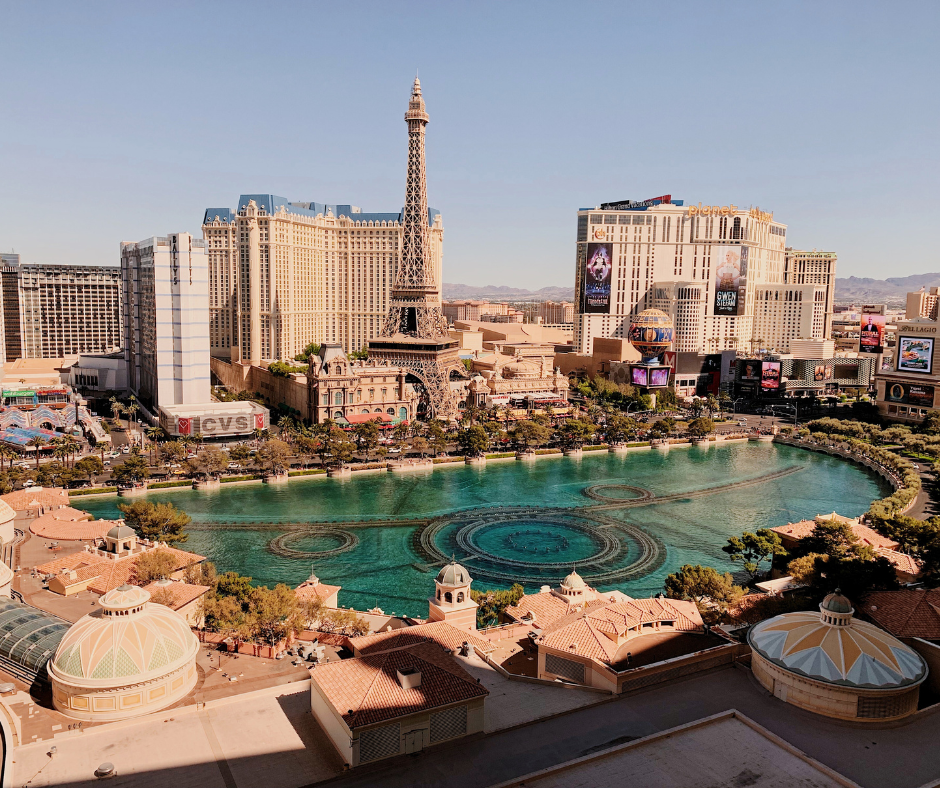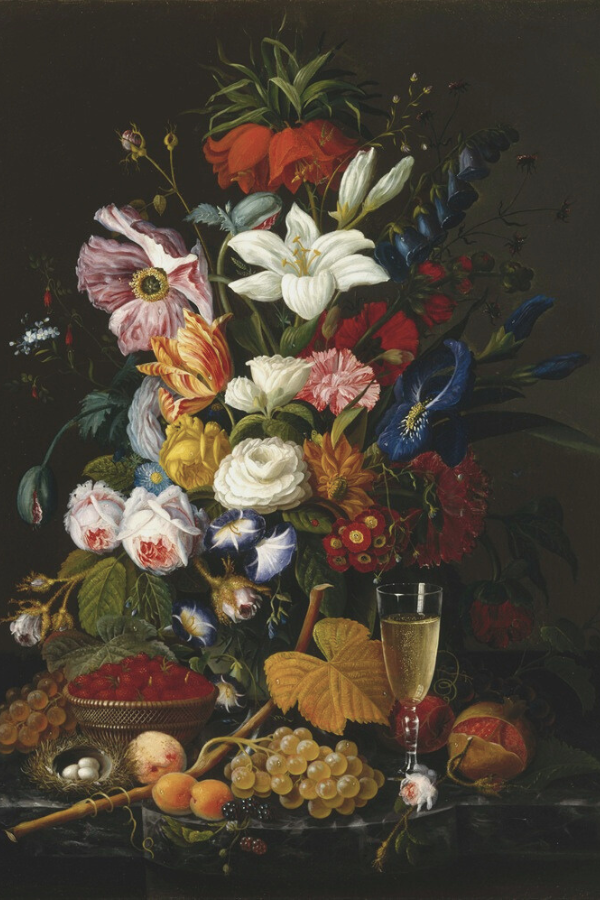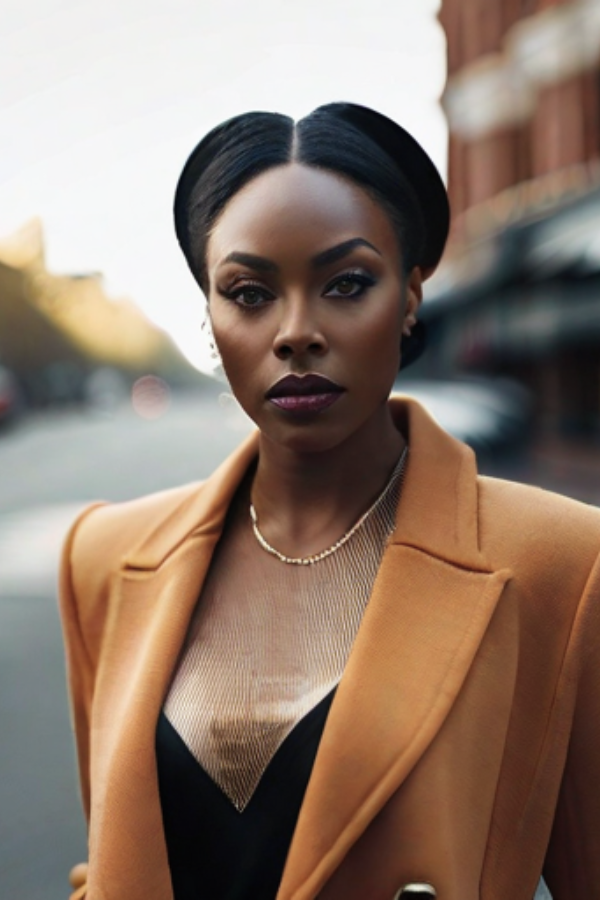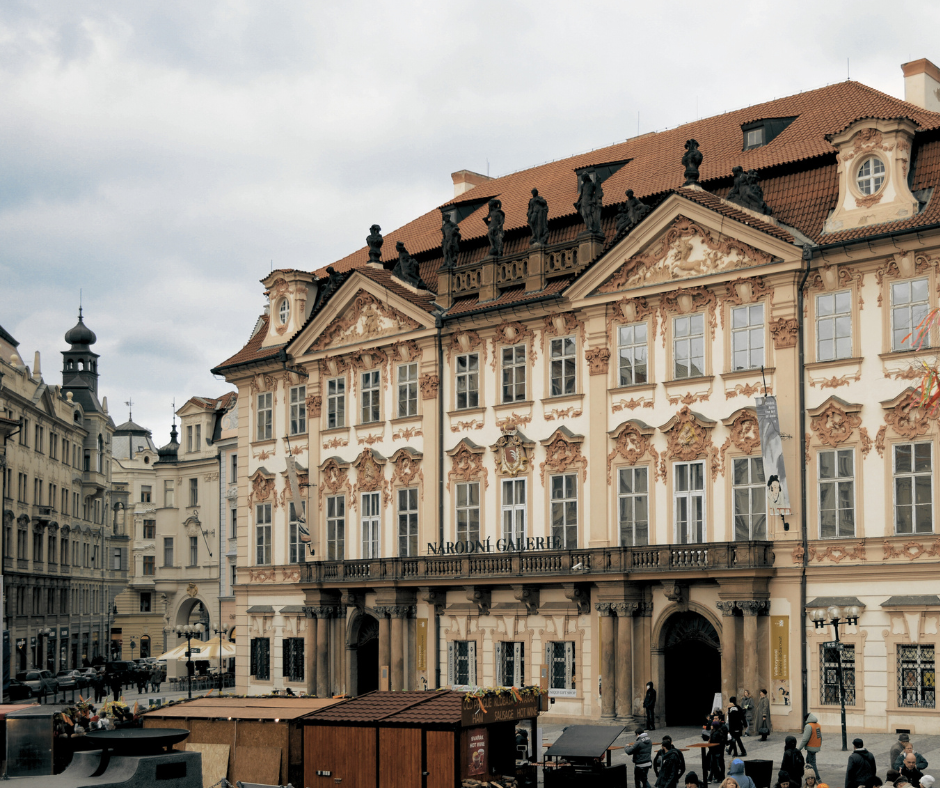
Back in Vogue: These Vintage Interior Design Styles Are Everywhere
Summary
Reflection Questions
Journal Prompt
From Brutalism and Art Deco to Mid-Century Modernism and Swedish Folk, many vintage interior design styles have resurfaced in recent years. Nostalgia, aesthetics, sustainability, and the desire for unique, meaningful spaces that reflect our personalities and values all contribute to our love of retro interior design. With their vintage furniture and antique decor, these styles often evoke a sense of nostalgia that can be both comforting and inspiring. Classic styles like Mid-Century Modern and Art Deco are celebrated for their timelessness and adaptability. They are practically immune to passing interior design trends. We appreciate the craftsmanship and natural materials associated with early modern interior design. Reusing and repurposing older objects aligns with eco-friendly principles and reduces the demand for new manufacturing — making vintage interior design more sustainable. When properly executed, vintage interior design is so compelling because it captures what “home” truly means. Here are five vintage design styles to inspire you and your clients this Fall.
Back in Vogue: These Vintage Interior Design Styles Are Everywhere
Mid-Century Modern-Inspired Interior Design
As noted above, Mid-Century Modern interior design and architecture never really falls out of fashion. It emphasizes clean lines and simple geometric shapes. Furniture, architectural elements, and decor often feature sleek profiles. Clutter is minimized, and there’s an emphasis on functional design and open spaces that easily adapt to the evolving needs of homeowners.
While the design is often minimalistic, it also incorporates organic and natural forms. You’ll find modern furniture and decor with gentle curves, such as boomerang-shaped coffee tables or egg-shaped chairs. Mid-century modern interiors frequently incorporate natural wood, especially teak, walnut, and oak. Wood is used for furniture, paneling, and flooring, adding warmth to the space. These spaces also bring nature indoors through large windows, indoor plants, and the use of natural materials.
Hallmarks of the Mid-Century Modern Design Style
While the color palette varies depending on the location, mid-century modern interiors often feature bold and vibrant colors. These may include shades of orange, mustard yellow, avocado green, and deep blues. Most mid-century modern color palettes are organic. Unlike earlier, more ornate styles, you will rarely see floral patterns or pastel colors in mid-century modernist interiors. Instead, you’ll find solid colors, geometric patterns, and abstract designs.
Mid-century modern architects, interior designers, and furniture makers are also renowned for their innovative approaches. For example, the period produced classics like the Eames Lounge Chair, Noguchi Coffee Table, and Barcelona Chair. These pieces are characterized by their innovative design and enduring appeal.
As we approach the 1960s, our fascination with the Space Age and atomic age themes clearly influences modern design. You might see futuristic elements in lighting fixtures, textiles, and decor. This is especially pronounced in light fixtures. Sputnik chandeliers, globe pendants, and sculptural lamps are examples of iconic mid-century lighting.
Brutalist Interior Design
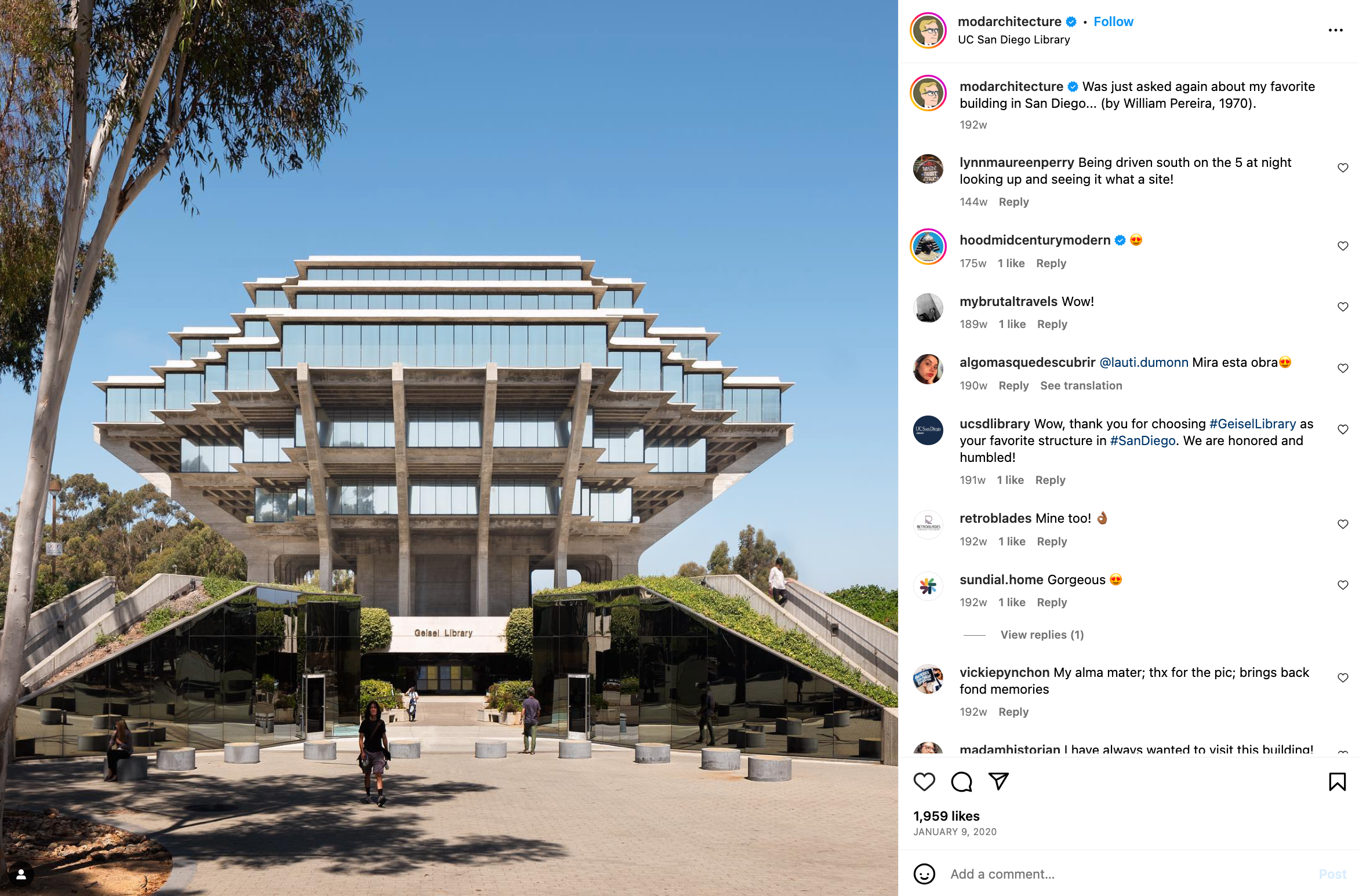
As Elise Taylor writes in this article for Vogue, “brutalism is making a serious comeback.” She notes that many interior designers have noticed “an uptick in its signature stark hallmarks, such as concrete floors and the use of raw industrial materials.” This polarizing design style emerged in the mid-20th century — primarily in the 1950s and 1960s.
Brutalist structures often feature bold, geometric shapes, such as rectangles, squares, and cubes. The design tends to be straightforward and lacks intricate detailing. To this point, Brutalism places a strong emphasis on functionality and utilitarianism — prioritizing a space’s purpose and function over decoration. Brutalist buildings often have a sense of monumentality and appear massive and imposing. They can dominate their surroundings and convey a sense of strength and permanence. Many Brutalist interiors have sculptural qualities.
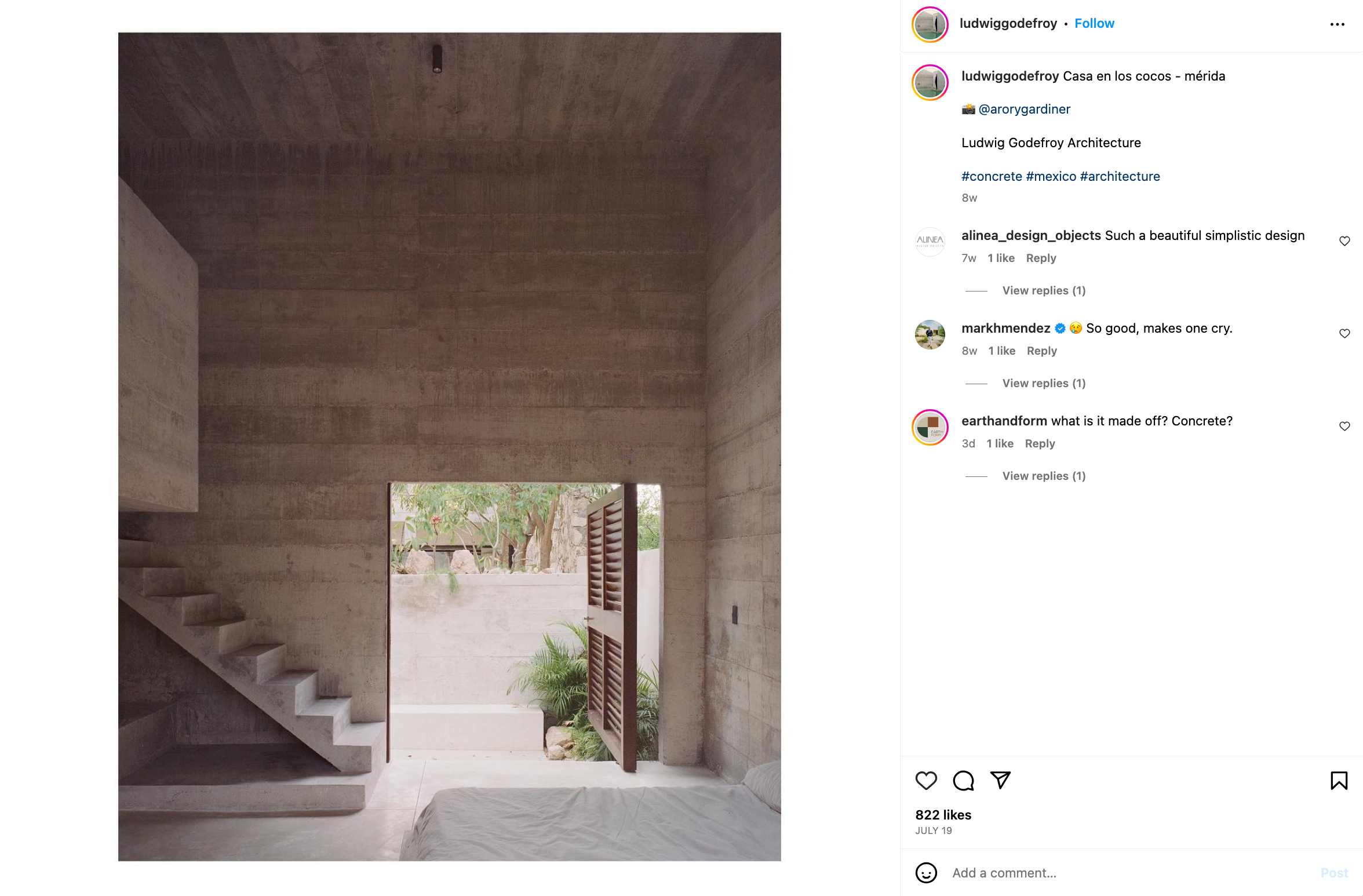
Of course, Brutalism has been the subject of much debate and criticism over the years. While some consider it an important architectural movement, others view it as cold, uninviting, and mired in the complex sociopolitical ideology of its day.
Recent interpretations of the style seek to soften its starkness and step away from any negative connotations. According to Taylor, 2023 interiors inspired by the Brutalist movement pair the heavier architectural elements, monolithic forms, and cold tones with antiques and “organic accents.”
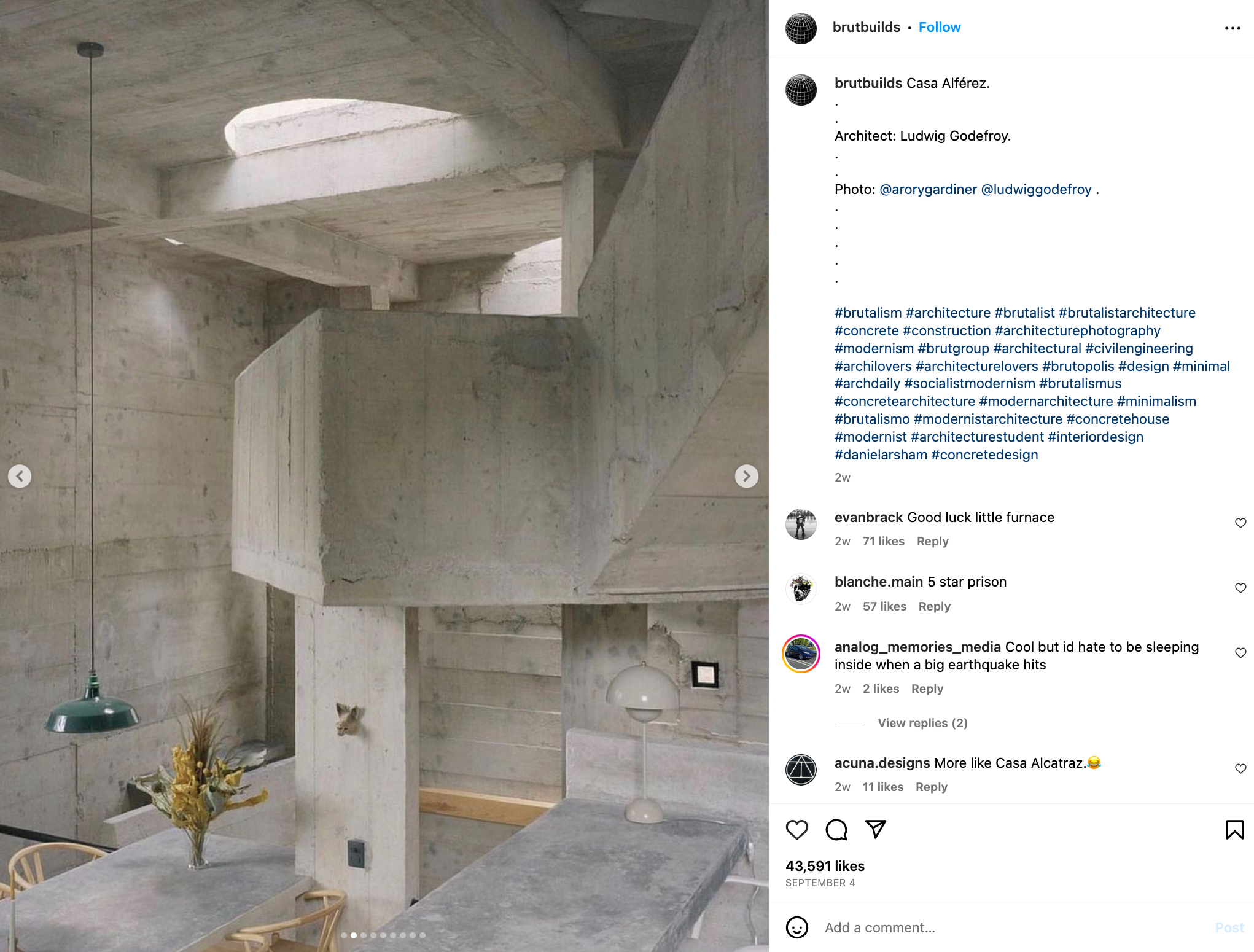
The controversy surrounding Brutalism of the 1960s and today’s Neo-Brutalism is evident in the comments on Instagram posts made by Mexican architect Ludwig Godefroy and others reigniting this polarizing design style.
Art Deco Interior Design
Though it shares some materials with Brutalism, Art Deco interior design is far more glamorous and ornate than the minimalistic style detailed above. Emerging in the 1920s and 30s — first in France and later in the US — Art Deco is characterized by a blend of luxurious materials, bold geometric patterns, and sleek, streamlined forms.
According to Medgina Saint-Elien in this article for House Beautiful, our “obsession with Art Deco design just won’t quit…[because] it possesses both an old-world glamour and a modernity that makes it still feel fresh in today’s best interiors.” Let’s explore some of the hallmarks of this extremely popular vintage interior design style.
Hallmarks of the Art Deco Design Style
Art Deco interiors often feature rich and opulent materials such as exotic woods, marble, chrome, glass, lacquer, and metals like brass and gold. Vibrant and contrasting color schemes are common in Art Deco design.
You’ll often find bold colors like deep blues, emerald greens, rich purples, and striking black and white combinations. You can see the latter in the powder bath pictured above from Laura U Design Collective. Bold patterns are another hallmark of Art Deco interiors. These patterns can appear on wallpaper, upholstery, and rugs. Popular motifs include zigzags, chevrons, sunbursts, and geometric shapes.
Fuel your creative fire & be a part of a supportive community that values how you love to live.
subscribe to our newsletter
*please check your Spam folder for the latest DesignDash Magazine issue immediately after subscription

Furniture in Art Deco design is known for its streamlined and symmetrical shapes. Smooth, polished surfaces, as well as curved and mirrored elements, are frequently used. Sofas, chairs, and tables often have a distinctive Art Deco silhouette.
While Art Deco is known for its streamlined forms, it also incorporates intricate detailing in the form of inlays, veneers, and decorative carvings, particularly in wood furniture. Some Art Deco designs incorporate elements inspired by ancient Egyptian, Aztec, and Greek motifs.
Victorian or Cottagecore Interior Design
Our next vintage interior design style is “Cottagecore” — which draws design inspiration from Victorian interiors and from the Arts and Crafts Movement. These spaces are cozy, nostalgic, and heavily influenced by the natural environment.
Originating during the mid-19th century and early 20th century reign of Queen Victoria, Victorian interior design is known for its ornate and elaborate aesthetics. One hallmark of Victorian design is the use of opulent and rich materials. Homes were adorned with sumptuous fabrics such as heavy brocades, velvet, and silk.
Elaborate patterns, including intricate floral motifs and paisleys, graced upholstery, curtains, and wallpapers. The use of dark, polished woods like mahogany and walnut was common, both in furniture and architectural details like wainscoting and elaborate moldings. Gilt and gold leaf accents were frequently used to add a touch of luxury to mirrors, frames, and other decorative elements.
Another hallmark of Victorian interior design is the emphasis on symmetry and balance. Rooms were typically arranged with a sense of equilibrium, often featuring pairs of furniture and decor on either side of a central focal point like a fireplace or a large window.
Elaborate and oversized furniture pieces were common, featuring intricate carvings and detailed craftsmanship. The incorporation of decorative elements like tassels, fringes, and ornamental hardware added to the overall sense of grandeur.
Cottagecore: The Arts-and-Crafts Movement Meets Ornate Victorian Interiors
Today’s interpretations of Victorian interior design are often termed “Cottagecore.” They are simpler and less formal than original Victorian interiors. You might see vintage decor from a number of different periods, floral upholstery, unvarnished wooden floors, and a wallpapered accent wall or two. Meshing Victorian interiors with Arts-and-Crafts design, cottagecore interiors are rustic, organic, and cozy.
Soft and muted color palettes are prevalent in cottagecore interiors. Colors like pastel shades, earthy tones, and soft florals create a cozy and calming atmosphere. Cottagecore embraces vintage and antique furniture pieces.
Pieces with history and character — such as weathered wooden tables, antique armchairs, and other vintage finds — are commonly used. Indoor plants and botanical decor elements — like potted herbs or dried flower arrangements — are frequently incorporated into cottagecore interiors to bring the outdoors inside.
These spaces are quaint, romantic, and comforting.
Bold and Bright Postmodern Interior Design
Another vintage style we see all over Houston is postmodernism. Playful and eclectic, postmodernism is almost as polarizing as Brutalism. Postmodern interior design emerged in the late 20th century as a reaction to the strict modernist principles. It challenges traditional design conventions and invites individuality and creative expression in creating interiors that are dynamic, visually stimulating, and thought-provoking.
Postmodern interior design mixes various styles and eras. It often combines elements from different time periods, cultures, and design movements. For example, you might find a contemporary sofa paired with antique furniture, and a fusion of materials like glass, steel, and bold-colored plastics. This blending of styles creates a dynamic and visually engaging interior.
The use of bright and unconventional colors, asymmetrical shapes, and unexpected design details is also common in postmodernism. Irreverent humor is sometimes evident in the design style — with furniture and decor featuring quirky and ironic references to traditional forms.
Architecturally, postmodernism often push the boundaries of norms. Unconventional layouts, unique structural elements, and innovative use of space are all common. Staircases — for instance — might be sculptural and visually striking.
Above all, postmodern interiors emphasize individual expression and personal taste. They encourage homeowners and designers to break free from rigid design rules and express their unique creativity.
Which Vintage Interior Design Styles Do You Adore?
Whether it’s the timeless elegance of Art Deco, the rustic charm of Cottagecore, or the bold eclecticism of Postmodernism, these vintage design styles have once again found their place in contemporary homes. As we celebrate their enduring allure, we are reminded that great design is timeless. It invites us to infuse our living spaces with history, personality, and a touch of nostalgia — creating environments that not only reflect our tastes but also honor the craftsmanship and creativity of eras gone by.
Which vintage interior design styles do you adore? Let us know in the comments below!




